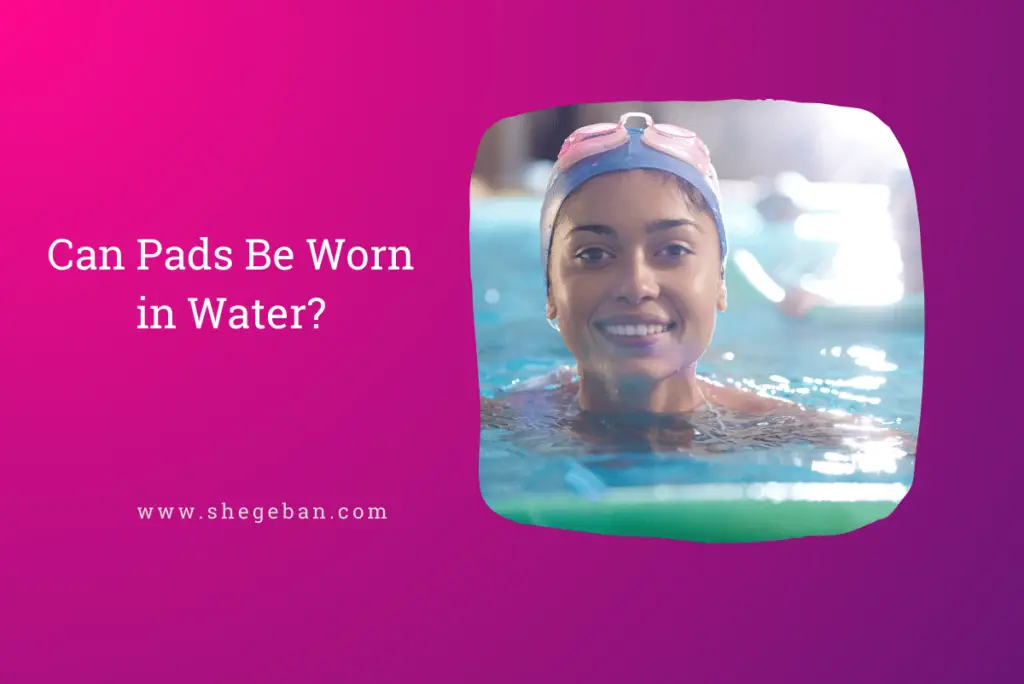Many ladies want to continue with their normal daily activities while on their period. But just as expected, the desire to go about their regular routine has led many women to ask this valid question; can I wear a pad in water?
No, it is not recommended to wear menstrual pads in water. When submerged in water, pads quickly become saturated, losing their absorbency and potentially causing discomfort.
In this blog post, I will discuss alternative options that are available and specifically designed for water activities. From menstrual cups that provide leak-free protection to swimwear designed to accommodate pads or built-in absorbent materials, there are solutions to suit different preferences and needs.
Can You Wear a Pad While Swimming?
No, it is not recommended to wear a pad while swimming. Pads are designed to absorb menstrual flow, but they cannot be used in water. When submerged, pads can quickly become saturated, lose their ability to absorb effectively, and may cause discomfort and potential leakage.
If you plan to swim or participate in water activities while on your period, it is advisable to use alternative menstrual products that are specifically designed for water use, such as tampons or menstrual cups. These products are designed to be worn internally and can provide the necessary protection without being affected by water.
5 Alternatives to Pads for Water Activities
Here’s a list and explanation of alternatives to pads for water activities:
1. Menstrual cups
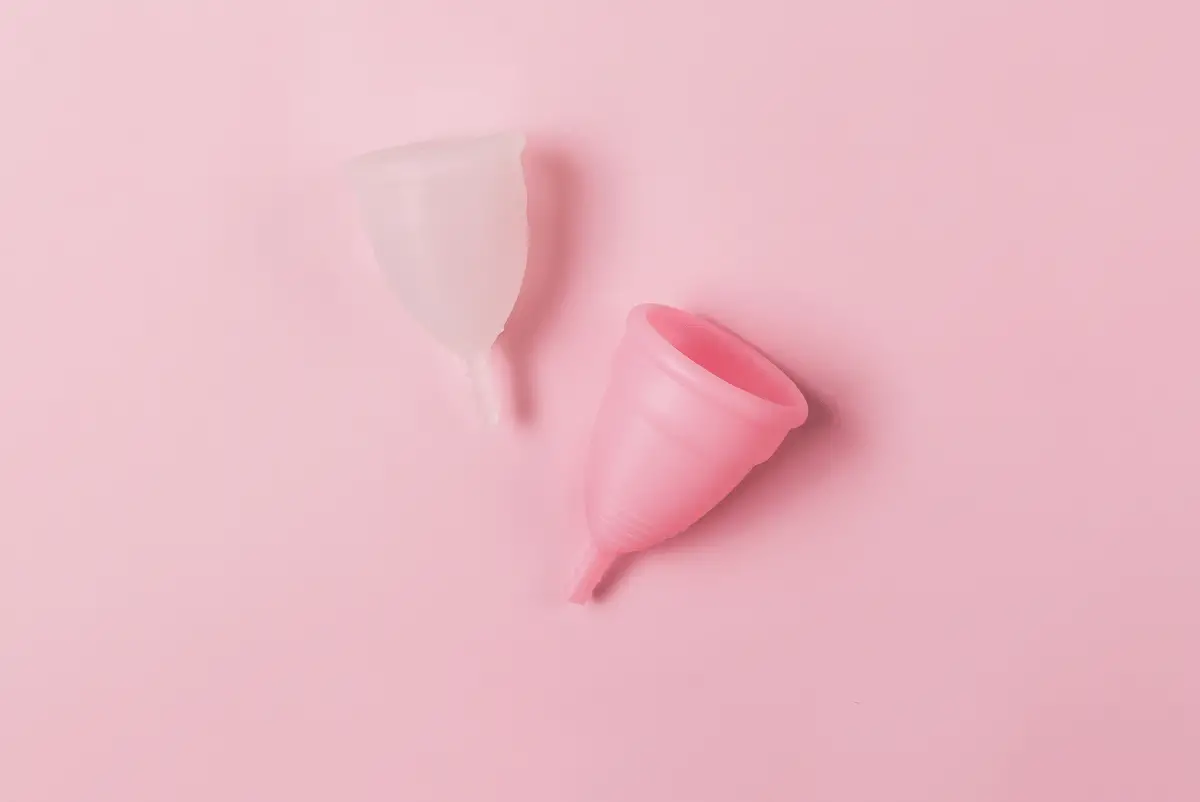
Menstrual cups are flexible, bell-shaped devices made of medical-grade silicone or latex that are inserted into the private part to collect menstrual fluid. They offer long-lasting protection, can be worn for up to 12 hours, and are suitable for water activities. Menstrual cups are reusable, eco-friendly, and provide a leak-free experience.
2. Tampons
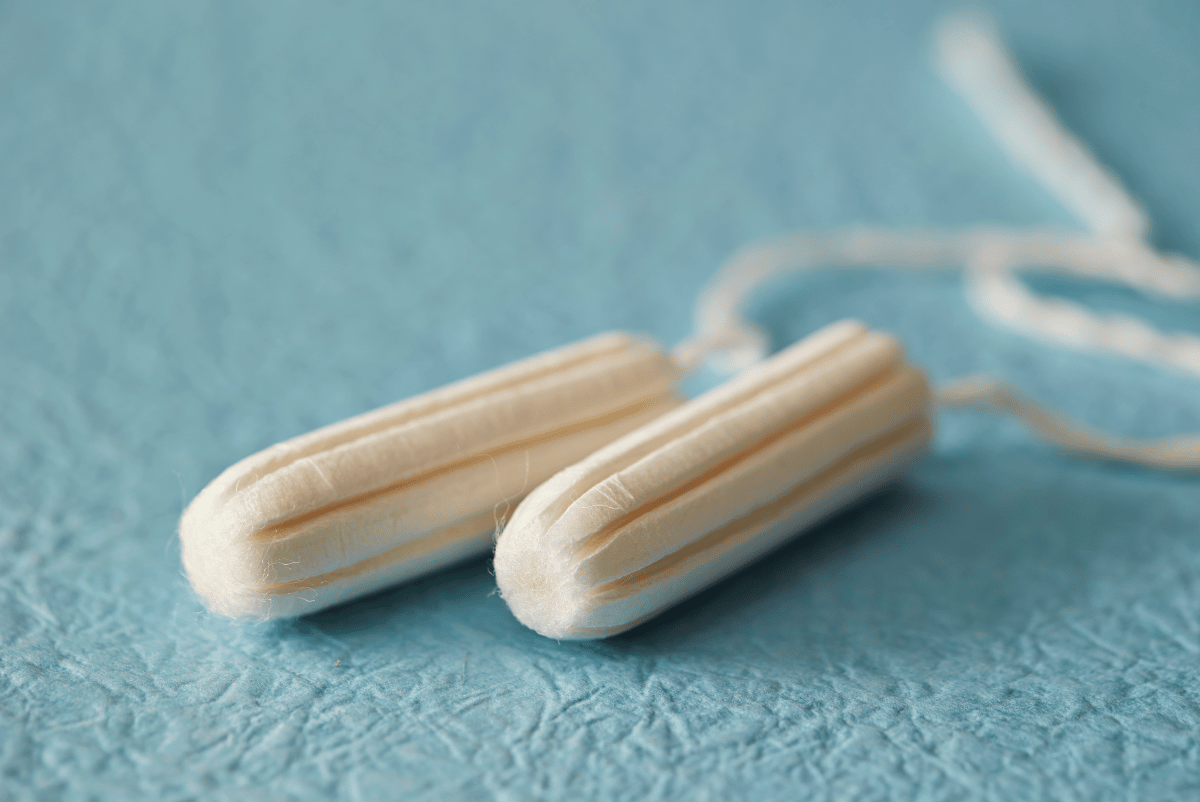
Tampons are small, cylindrical cotton or rayon-based products inserted into the private part to absorb menstrual flow. They are designed to expand to fit the shape of the private part canal and can be worn during water activities. Tampons come in different sizes and absorbencies, and it’s important to choose the appropriate size for your flow.
3. Swimwear designed for periods
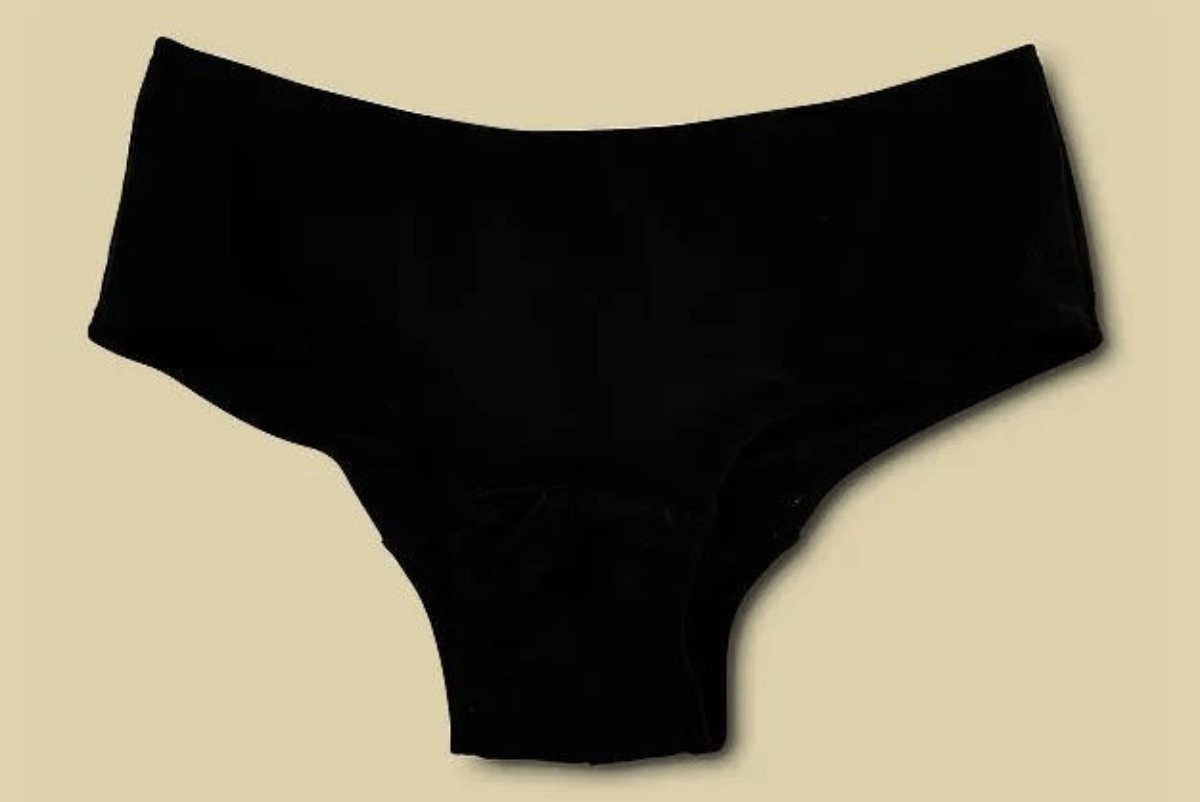
Some swimwear brands offer innovative designs specifically tailored for menstruating individuals. These swimsuits often feature built-in absorbent materials or discreet pockets where you can insert a pad or liner. They provide an extra layer of protection while allowing you to enjoy water activities without worrying about leaks.
4. Period underwear
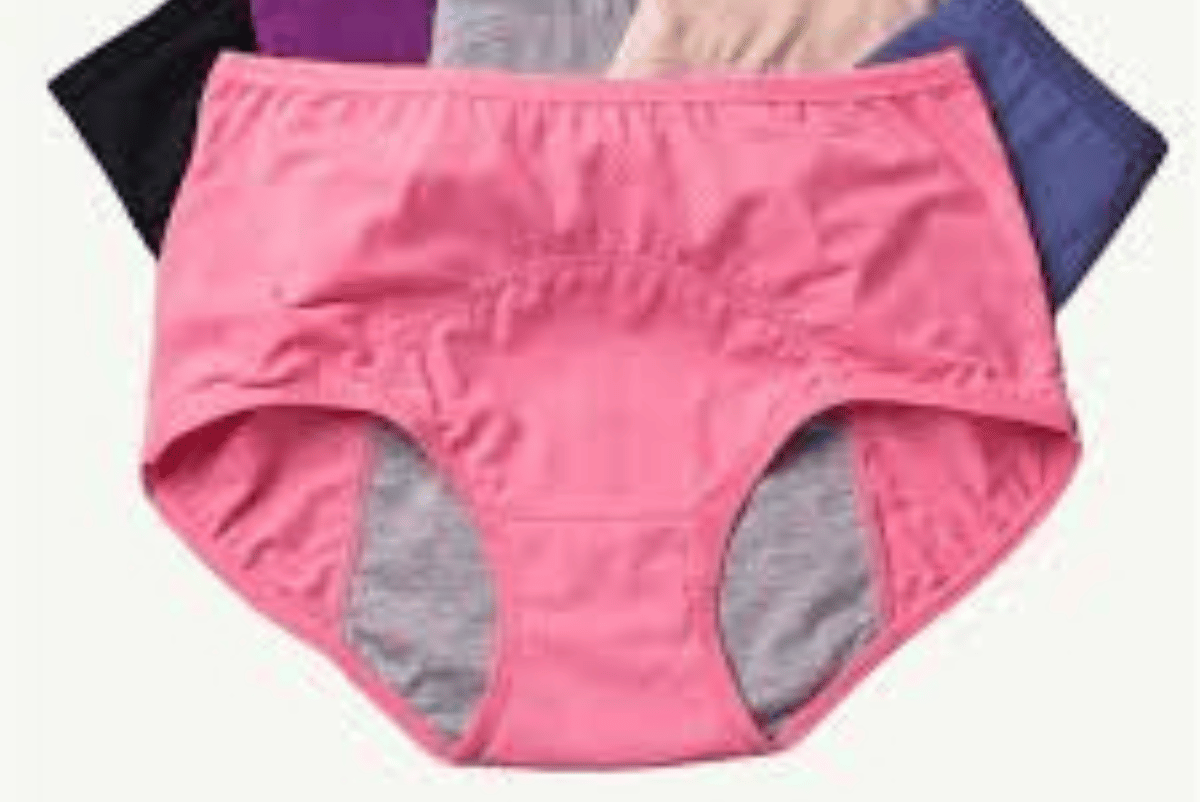
Period underwear is designed with built-in absorbent layers to replace or supplement the use of pads or tampons. This specialized underwear can handle moderate to heavy flows and are suitable for water activities. They are comfortable, discreet, and can be reused after washing.
5. Disposable swim shorts
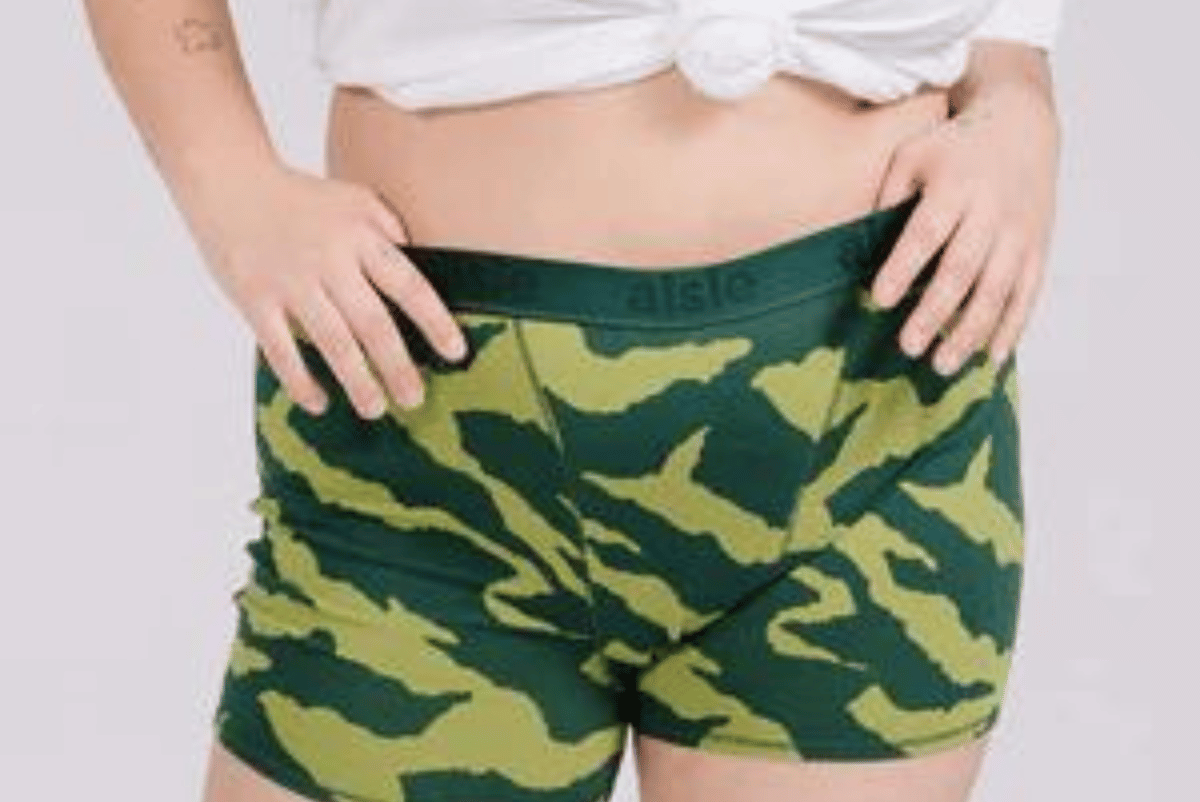
Another option is to wear disposable swim shorts designed for periods. These shorts have an absorbent lining that helps manage menstrual flow while providing coverage and comfort during water activities. They are convenient for one-time use and can be easily discarded afterward.
Tips for Wearing Pads in Water
Although it is not recommended to wear pads in water, the need for that could arise. There are some things to do when the need arises. Below are some tips to navigate such needs;
1. Choose a thin and absorbent pad
Opt for a pad specifically designed for water activities. Look for thin, lightweight pads that have good absorbency to manage your menstrual flow effectively. Avoid using thicker pads, as they may become bulky and less comfortable when wet.
2. Secure the pad properly
Before getting into the water, make sure the pad is securely positioned in your underwear. Adjust it to ensure it covers your entire private area, providing maximum protection against leaks. Smooth out any creases or folds to prevent discomfort.
3. Use waterproof swimwear
Consider wearing swimwear that is made of quick-drying and water-resistant materials. This can help minimize the amount of water that comes into contact with the pad, reducing the risk of saturation and discomfort.
4. Change the pad regularly
While pads are not ideal for water activities, if you choose to wear one, it’s important to change it regularly. As soon as you get out of the water, remove the wet pad and replace it with a dry one. This will help maintain cleanliness, prevent odor, and ensure effective absorption.
5. Plan water activities accordingly
If you anticipate participating in water activities during your period, it might be helpful to plan your activities when your flow is lighter. This can reduce the chances of excessive saturation and provide more comfort while wearing a pad in water.
6. Stay vigilant for signs of saturation
Pay attention to your body and the pad’s absorbency level. If you start feeling uncomfortable or notice leaks, it’s a sign that the pad may be saturated and it’s time to change it.
Do Pads Dissolve in Water
No, pads do not dissolve in water. Pads are typically made with materials such as absorbent fibers, polymer gels, and a waterproof backing, which are not designed to dissolve upon contact with water.
If you plan to swim during your period, it is recommended to explore alternative menstrual products specifically designed for water use, such as tampons or menstrual cups.
Can I swim on my period without a pad?
Yes, you can swim on your period without wearing a pad. You can wear other menstrual products that are suitable for swimming, such as menstrual cups and tampons.
Can you swim on your period ?
Yes, you can swim while on your period. Many menstrual products, such as tampons and menstrual cups, are designed to be water-resistant and allow for comfortable swimming.
Will my period leak in the pool?
If you’re using an appropriate menstrual product such as a tampon or menstrual cup and it is inserted correctly, the chances of experiencing a leak while swimming in a pool are minimal.
Conclusion
Wearing pads in water can be a challenge as they are not specifically designed for water activities. While it’s possible to wear a pad in water, it may not provide the same level of protection and comfort as alternative menstrual products like menstrual cups or tampons.
If you choose to wear a pad in water, follow the tips mentioned above to enhance your experience. However, it’s worth considering other options that are specifically designed for water activities, such as menstrual cups, tampons, period swimwear, or disposable swim shorts.
These alternatives can provide better leakage protection, improved comfort, and allow you to fully enjoy your water adventures without worrying about your period.

